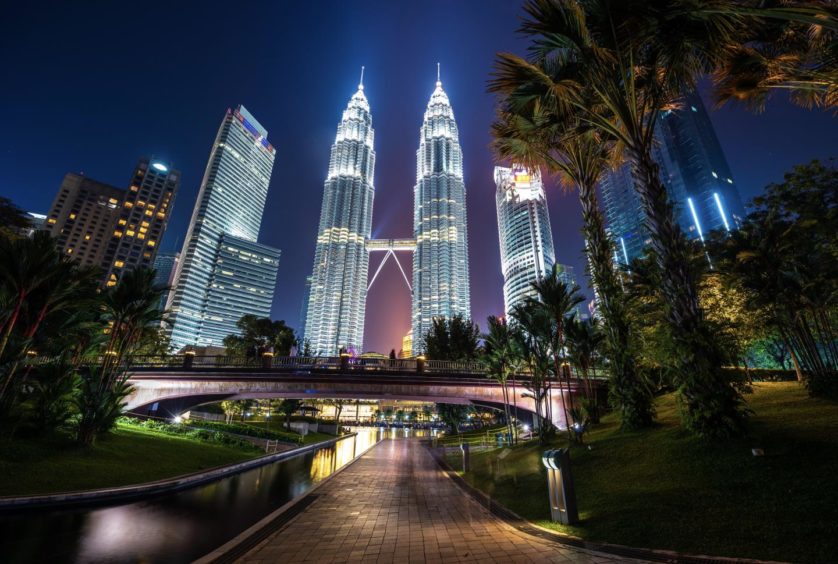
Malaysia’s Petronas has delivered its first ‘carbon neutral liquefied natural gas (LNG)’ cargo from its Bintulu export complex to Japanese utility Shikoku Electric at the Sakaide import terminal in Shikoku Island. Although question marks remain around whether the industry can really make LNG carbon neutral.
Petronas said today that it “has offset the estimated life cycle carbon footprint of the LNG cargo through renewables-based carbon credits for the emissions generated from upstream gas exploration and production, transportation, liquefaction, and shipping of the cargo.”
However, the carbon offsets do not appear to cover regasification and combustion, which make up most emissions in the LNG value chain, said Stephen Stapczynski, an Asia-focused LNG specialist at Bloomberg.
“There is no industry-wide definition for ‘carbon neutral’ LNG, nor is there a set way to calculate emissions. But companies, especially end-users in Japan, are eager to purchase these types of shipments as they are under pressure to reduce their carbon footprint,” Stapczynski said on Twitter following the Petronas announcement.
Still Petronas, like many of its peers, claims the carbon credits “for the delivery were certified through a rigorous verification process under the Verified Carbon Standard program, which is globally recognised and has been adopted by energy players and producers,” said the Malaysian national oil company (NOC). Italy’s Eni announced earlier this month that it was shipping a carbon-neutral LNG cargo to Taiwan.
“In the LNG industry, carbon neutral LNG is seen as a catalyst to spur greater carbon commitments, with a growing number of LNG consumers seeking ways to reduce their carbon footprint. As an integrated energy player, Petronas actively seeks collaborations with buyers and end-users to achieve their sustainability goals,” said the NOC.
Indeed, the market is on track to quadruple this year, according to a recent report from FTI Consulting. The company has tracked six carbon-neutral cargoes through April, compared to only five during all of 2020.
Significantly, “the growth in popularity of carbon-neutral LNG has also brought to light questions about how environmentally friendly the super-chilled fuel could become. Standards vary, making it difficult to determine how much carbon has been mitigated, emitted or offset through trading,” reported Natural Gas Intelligence (NGI) last month.
“It’s totally the Wild West out there in terms of verification systems and standards,” FTI’s Madeline Jowdy, senior director and co-author of the firm’s report, told NGI’s LNG Insight. “But I think because we’re in the early stages, it’s still really difficult to account for the emissions generated in the upstream and liquefaction processes.”
Beyond the maiden carbon neutral LNG cargo, Petronas said it is also reducing its carbon footprint throughout its LNG and gas value chain. “These carbon reduction efforts, among others, include powering the PLC with 90MW of hydroelectricity, conducting flare recovery as well as carbon capture and storage (CCS) from offshore gas fields,” said Petronas.
Petronas is deploying carbon capture and storage (CCS) technology at its Kasawari development with first injection planned in 2025. This is part of a greater strategic plan for CCS across depleted gas fields in Malaysia with a total 46 trillion cubic feet of storage volume identified. There is even bigger potential to expand this volume if aquifers and depleted oil fields are considered, reckons Petronas.
Petronas has previously said that CCS hubs and clusters will help monetise fields with a high carbon dioxide content.
Indeed, the NOC has ambitions to make Malaysia a regional carbon storage hub.
Still, Petronas has yet to make a firm carbon net-zero pledge.
